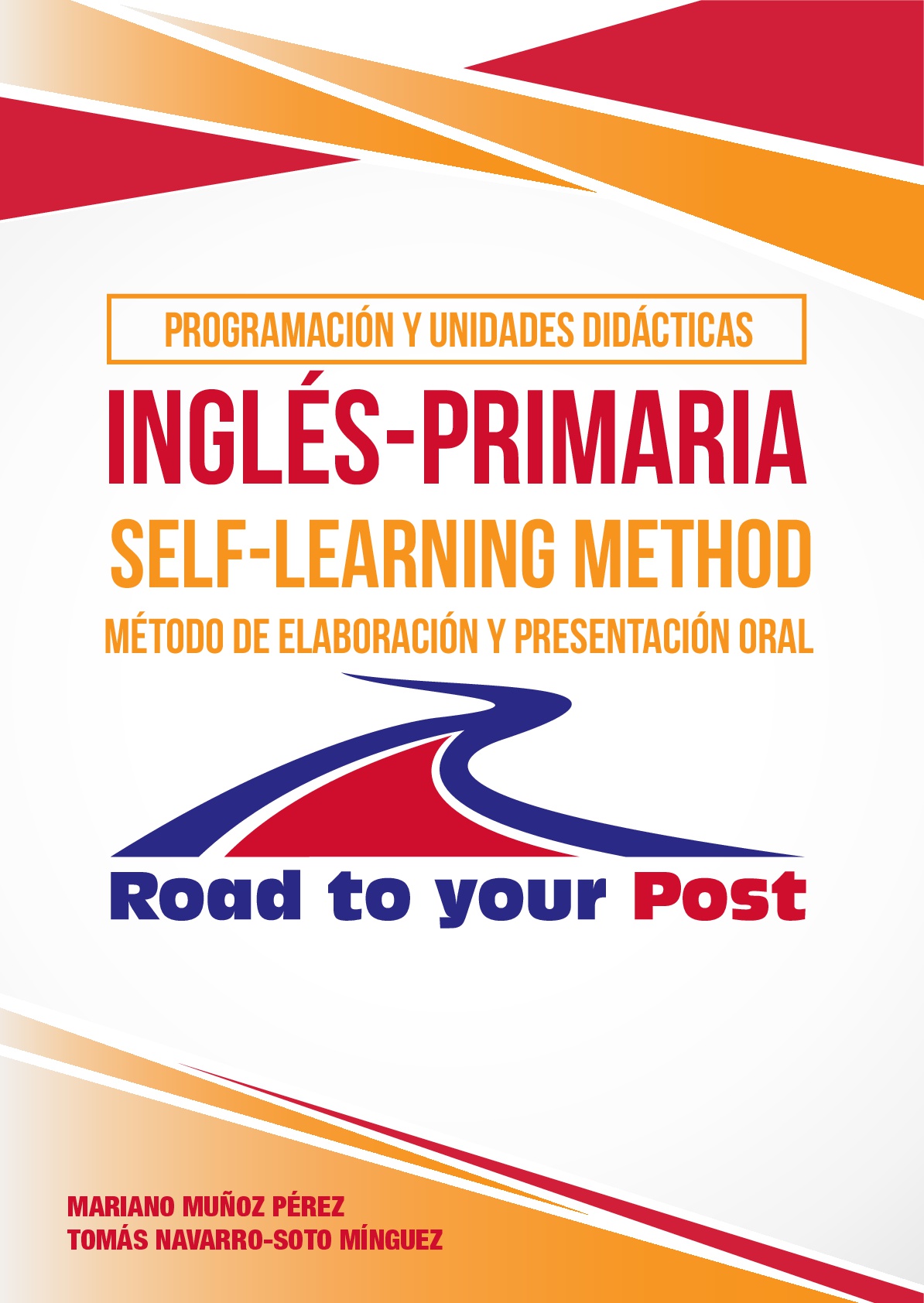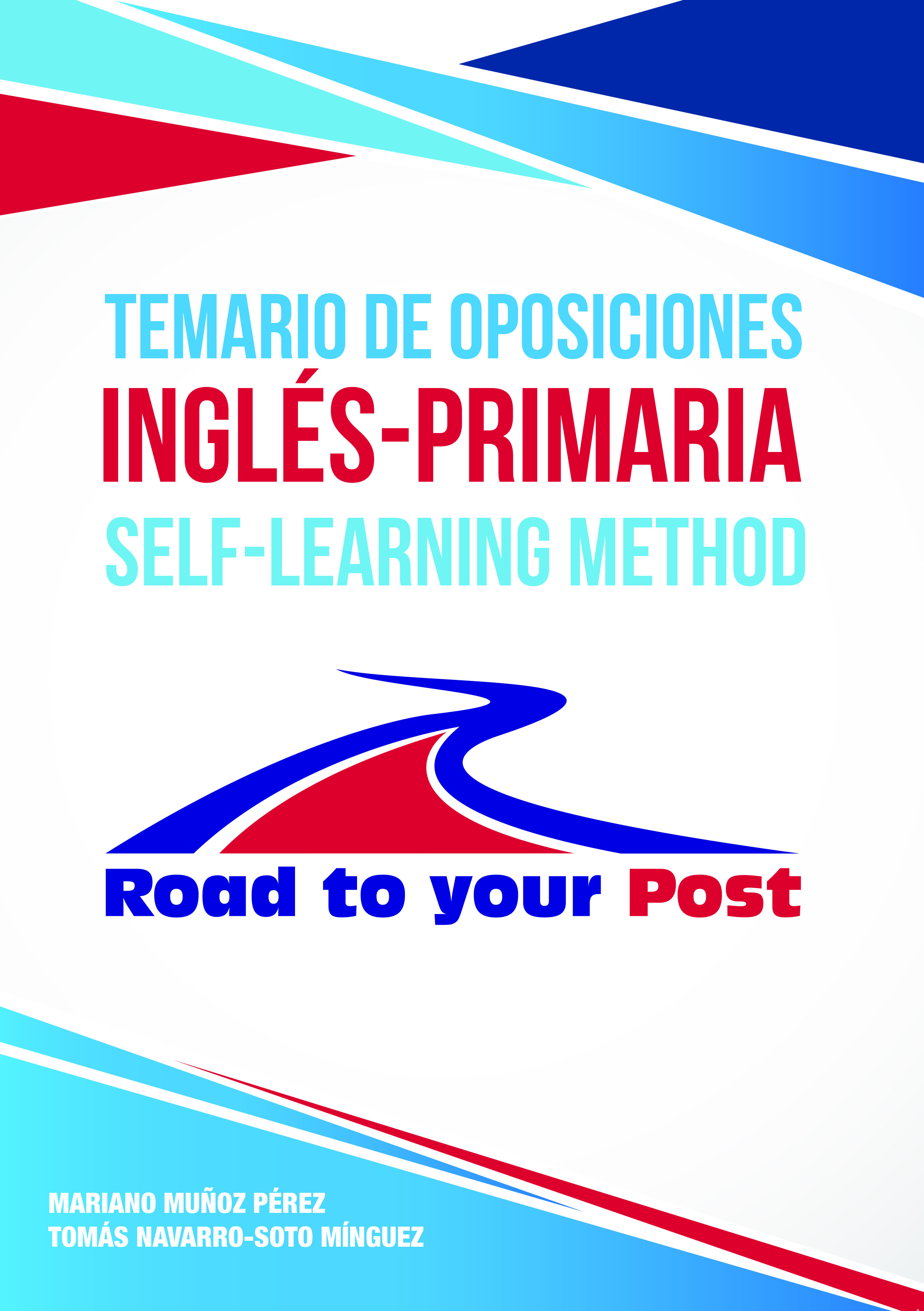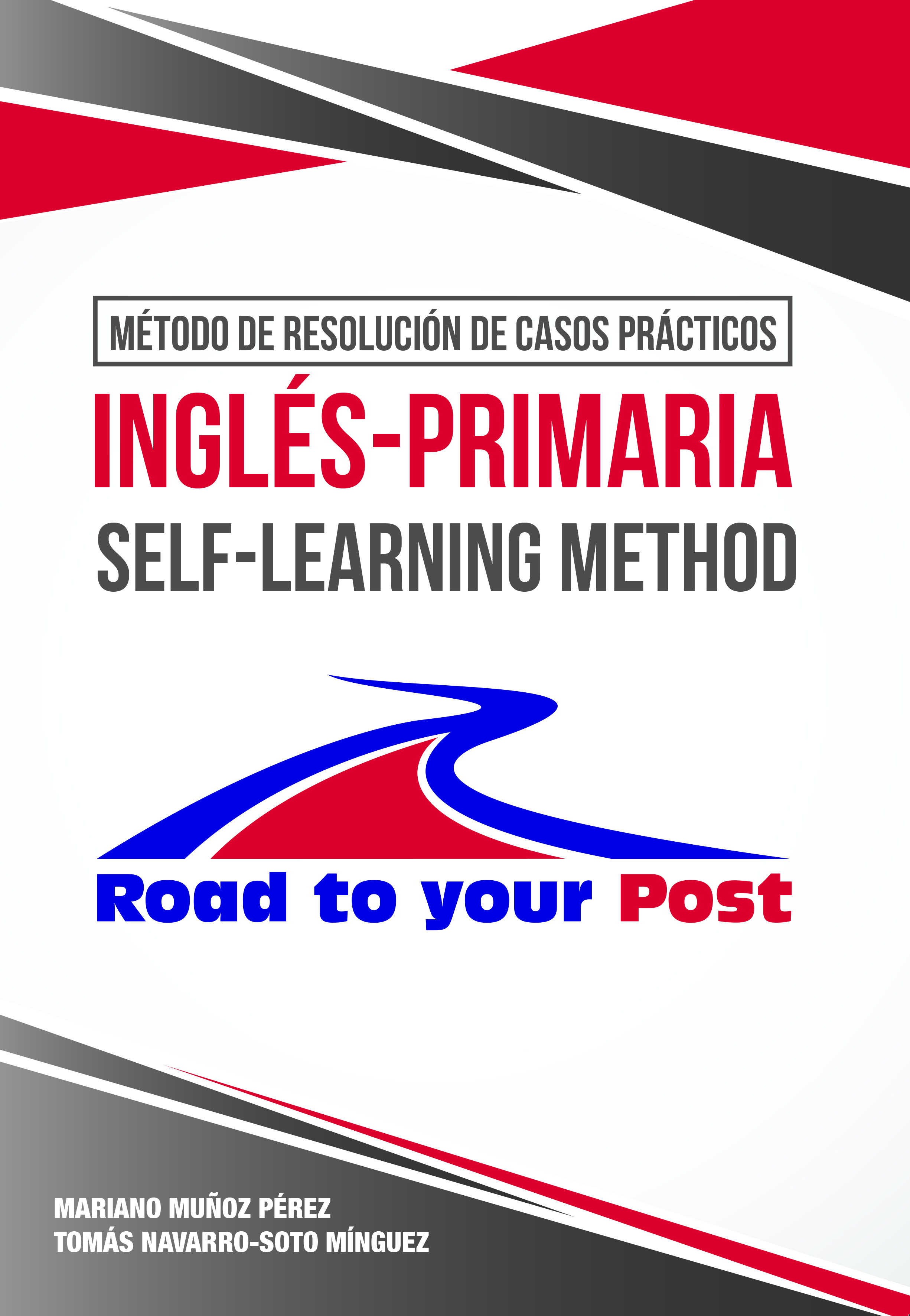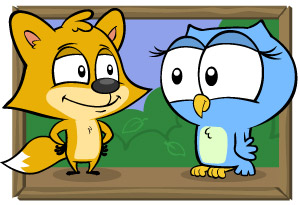Multiple Intelligences and classroom management apps & webs. Encourage your students.
Encourage your students.
Follow us: https://www.facebook.com/OposicionesInglesRP/
More about Road to your Post: oposicionesingles.com

Text extracted from: Programación y Unidades Didácticas. Método de elaboración y Presentación oral.

A world of applications to investigate.
There is no shadow of a doubt on the fact that rapid change is the most striking feature of ICT. This gives evidence of the role of the teacher as researcher, so as to integrate technologies successfully in the FL area.
Despite the fact that this guide includes a chapter especially devoted to didactic applications and technological teaching resources, to wind up this point, we shall outline some remarkable applications and their use for FL teachers:
As we have already pointed out, selecting a video from Youtube and editing it with Tubechop to concentrate on different linguistic tasks is a motivating way to work with songs.
In apps like Glogster we can create interactive multimedia posters to introduce topics, revise lexis, motivate and attract the learners´ natural curiosity and creativity.
With Stupeflix we can create and personalise videos to display children´s works like roleplays in the English blog.
Comiclife is an easy-to-use application for the creation of comics in which we can control, organise and edit bubble texts and images.
Taskmagic is a wonderful tool to create a series of empty templates to insert text, images and sounds. This app generates a range of stimulating games and practice activities based on the teacher´s selected input, so that the same information is recycled and reinforced in many different ways.
If we want to create games, quizzes or crosswords, we can make use of Kubbu, Kahoot or Plickers as excellent options.
A curious and interesting view is pointed out by Moon (2000), when she suggests using children as resources. She notes that there is a double benefit in doing so: the use of a resource which costs nothing and is constantly available; and the increase in exposure to the language.
According to Moon, children can act as:
partners to practise.
tutors to help other children.
models or demonstrators.
makers of resources for other children.
6. APPS AND WEBS.
6.1 HOW WOULD YOU INTEGRATE APPS AND WEBS AS REAL TOOLS IN YOUR FL CLASS? THE IMPORTANCE OF FL CLASSROOM APPLICATIONS, TOOLS AND WEBS (CONNECTING EDUCATION & TECHNOLOGY).
Considering the progress made across various fields over the last few years, we may reconsider the following helping apps and tools not only to keep entertained our students, but also to push them to gather insights into students` motivation, engaging them in critical thinking. Thus, one of the advantages of elaborating a list like this for the English class is that the amount of possibilities is almost limitless; the FL teacher may use a great deal of resources on his/her training involvement and imagination. In Road to your Post, we want to inspire you to succeed. In this era, the inception of different devices, such as mobile phone, tablets, personal computers and so on, are changing the learning landscape.
In this paper, we offer the top must-have apps and tools to improve student`s motivation. There are plenty of opportunities and goals we reach using these engaging tools, effecting on different teaching styles and hence, supporting children`s learning.
The students´ multiple intelligences.
Howard Gardner (“Frames of Mind”, 1983) proposes that there are eight field in which all children have a special skill: bodily-kinesthetic, interpersonal, intrapersonal, linguistic, logical-mathematical, musical, naturalistic and spatial. He remarks that the types of intelligence that a person possesses (Gardner suggests most of us are strong in three types) indicates not only a person’s capabilities, but also the manner or method in which they prefer to learn and develop their strengths, and also to develop their weaknesses.
The development of Learning Styles and Multiple Intelligences theories brought about notorious implications for FL methodological strategies; perhaps the most interesting one is that teachers realise the plenty of advantages that can be taken from all different styles and intelligences.
In other words, knowing a student´s prevailing intelligence or learning style may help devising adequate materials or presenting knowledge through a variety of resources and activities.
The eight kinds of intelligences established by Gardner are:
••
Bodily-kinaesthetic:… https://goo.gl/GMSoa3
Text extracted from: Temario de oposiciones Inglés-Primaria. Self-learning method.

e. Learning styles. This variable is related to Gardner´s theory of the multiple intelligences. The cognitive style of each student refers to the way in which they perceive, conceptualise, organize and recall information. This mental functioning is different in each student (i.e. some people learn better through visual aids, others through hearing, manipulating, etc). In short, Gardner describes eight types of intelligences (visual/spatial, logical/mathematical, musical, bodily/kinaesthetic, naturalist, interpersonal, intrapersonal and verbal/linguistic), stating that we can be intelligent in different ways and that intelligence can be improved and developed. The consequence for FL learning seems clear; catering for different learning styles will provide the students with more chances to succeed.
TOPIC 23. Conclusion
6. CONCLUSION
As we have seen along this paper, there is a world of resources available for FL teachers, depending on our training, motivation, time and imagination. Whether we decide to use commercial materials, teacher-produced ones or a combination of both, these resources should accomplish the goals of being factors that facilitate understanding and communication in the FL and motivate students, amongst many others.
One of the most common materials is the coursebook. Due to its importance, FL teachers should rely on a systematic procedure to select the one that best fits our particular group of students, their linguistic level and preferences. The importance of teachers being proactive in creating positive peer relationships in the classroom is restated and some strategies are suggested for doing so in the following areas: teaching social-emotional, conflict-resolution and problem-solving skills; getting students to learn in groups; and creating a classroom climate of positive peer relationships.
On the other hand, we also need to establish a balance in the use of authentic and adapted materials, considering their motivating power and linguistic complexity.
A key issue that has been previously highlighted is that the main goal to be attained in our FL learners is the acquisition of a certain degree of communicative competence; that is to enable the learner to communicate through oral and written means. We, as FL teachers, should be aware of the different learning theories and take into account the legal framework to provide sufficient support and scaffold for learners to understand. In order to do so, we should ensure and engaging context where the resources and the organization are focused on a “stress-free atmosphere”; and also make the “ludic principle” a part of the process, where all the actions are based on a vivid, colourful and relevant organisation, and where the students feel involved in the acquisition of “memorable learning”. We cannot forget the importance of the Key Competences, the transversal elements and the development of the four macroskills or integrated skills (listening, reading, speaking and writing) and the eight Multiple Intelligences coined by Howard Garner.
Text extracted from: Método de resolución de casos prácticos. Self-learning method.

MODEL 6: Describe the integration of knowledge and learning technologies in the teaching of English in your lessons, considering an original educational proposal that promotes communicative competence in the context of project based learning.
PCS ANALYSIS
A quick identification of the keywords in this PCS should give evidence of what the TBE may expect from candidates:
“Describe the integration of knowledge and learning technologies in the teaching of English in your lessons, considering an original educational proposal that promotes communicative competence in the context of project based learning.”
In this case, we must devise a justified proposal in which we prove our updated knowledge on technologies and our abilities and creativity when it comes to the design of an attractive learning context for real communication in a FL to take place. In order to provide the candidate with some essential information, let us start with some previous considerations.
The impact of ICT in our modern society is a widely accepted fact that has necessarily affected what we teach, the way we teach and what and how students are required to learn and face challenges. Our students, who have been born in the age of technologies, are oftentimes referred to as “digital natives”. In this scenario, it seems more than reasonable to think that FL teachers are in charge of taking advantage of the learners´ interests and preferences for technologies and reflect on how these digital tools can be integrated in the FL classroom. In this PCS, we may consider that information and communication technologies (ICT) and the internet have not only provided FL teacher with a massive amount of materials and resources; the possibility to get students to make real use of the FL in different contexts is in fact one of the wonders in digital teaching. Moreover, the initial use of the internet as a passive source of information has turned into a worldwide interactive tool in which people can interact, express ideas, ask for help, collaborate etc.
Consequently, modern teaching of FLs has been dramatically changed by the burst of new technologies in our classrooms. In fact, the ways how English is taught and learnt are now undergoing some adjustments so as to keep up with the advancement of information and communication technology. In this sense, as integration of ICT on a daily basis in the learning process is the main objective, teachers must assume the new role of “creator of learning contexts” similar to real-life ones.
Why do we have to devise “contexts” for learning? First and foremost, we should be aware that “contextualising learning” implies putting the language we want children to practise in meaningful and real situations, rather than treating the language “in isolation”. Similarly, these contexts should accomplish some requirements, like being close to children´s interests and preferences, adapted to their linguistic possibilities but always with a slight level of challenge. In this regard, modern trends suggest that project-based learning (PBL) accomplishes these methodological principles, under the scope of what we understand as communicative language teaching (CLT).
Designing a challenging and attractive learning context is likely to occur if we use the right technological tools, PBL and technologies are a winning combination. Perhaps the main reason is that children love technology, and it is a powerful learning tool that teachers can harness to make learning meaningful, relevant, and rigorous. And when technology is integrated into powerful instructional approaches, like project based learning, learning can go deeper.
In Road to your Post, we believe that the promotion of a digital project based teaching strategy can make deeper learning happen; and at the same time the principles of practical integration of knowledge in the competence-based curriculum shall be accomplished. When students engage in deeper learning, they achieve academically and develop deeper learning knowledge, skills and beliefs, including: critical thinking and problem-solving, collaboration, communication and self-directed learning.
Once the learning context is clear, we may foresee the way in which children are going to actively use the digital resources, this is, the integration guidelines in daily practice. This close relation between technology and projects has led to the concept of multimedia learning project (MLP).
The principles and benefits of MLP were already defined in 2007 by Boss and Kraus, and remain fairly stable. One of the main benefits of multimedia projects (MP)





Great article! That is the kind of information that are supposed to
be shared across the internet. Disgrace on the seek engines for no longer positioning
this post upper! Come on over and discuss with my web site .
Thanks =) https://bongda365.com/soi-keo
Thanks a lot for your opinion!!!
Hi there great blog! Does running a blog such as this take a lot of work?
I have no expertise in coding but I was hoping to start my own blog soon. Anyhow, if you have
any ideas or techniques for new blog owners please share. I understand this
is off subject however I just needed to ask. Kudos! http://lyngyrangito.mihanblog.com/post/68
Hi, thanks a lot. Well yes, it takes sometime, but no especially in running the blog itself, but creating the content.
Best luck.